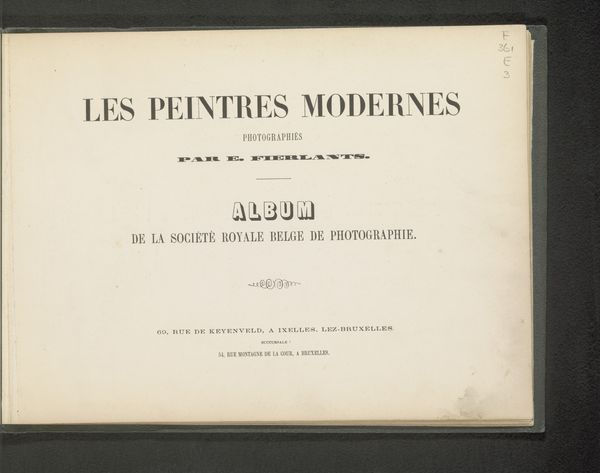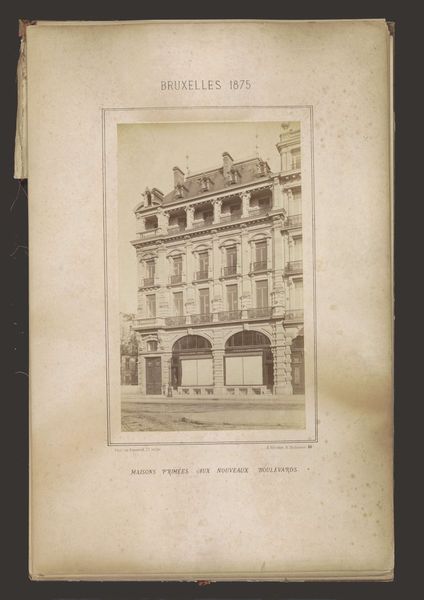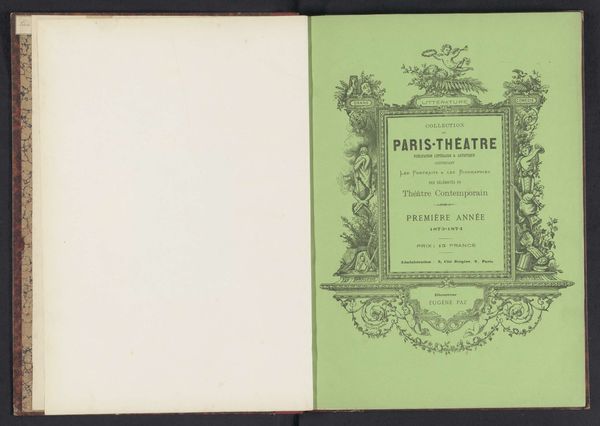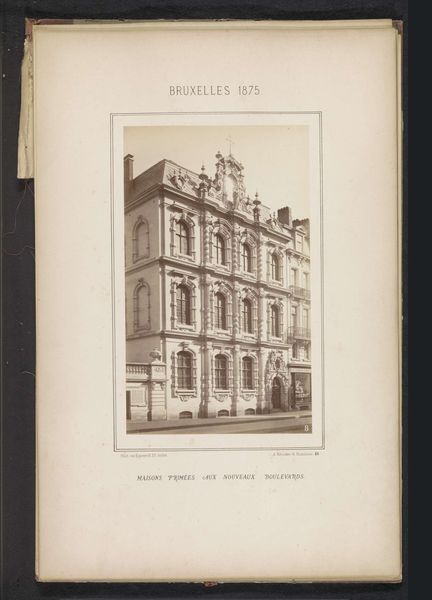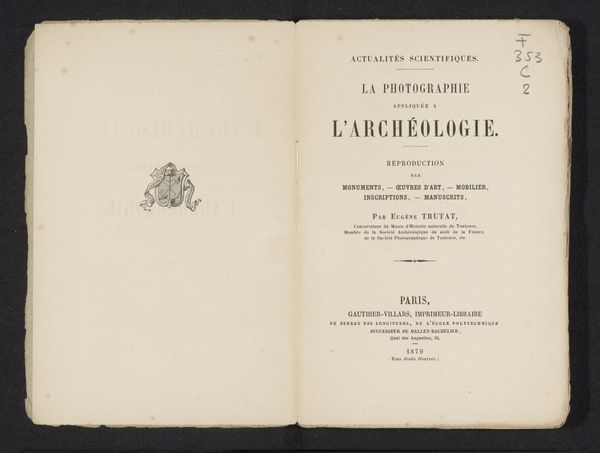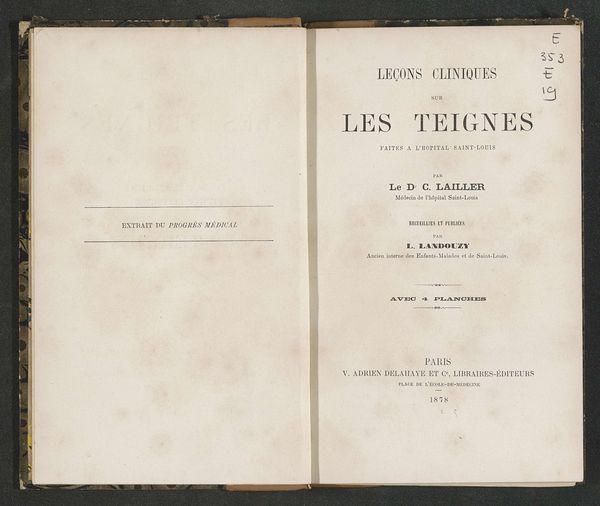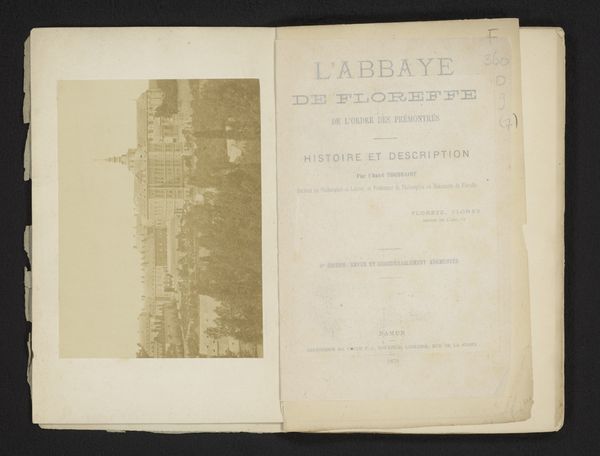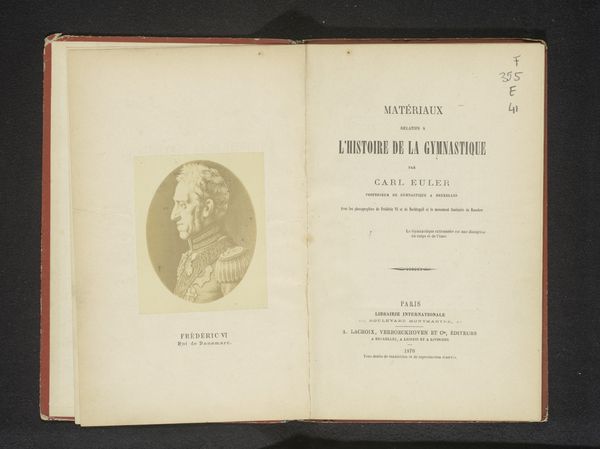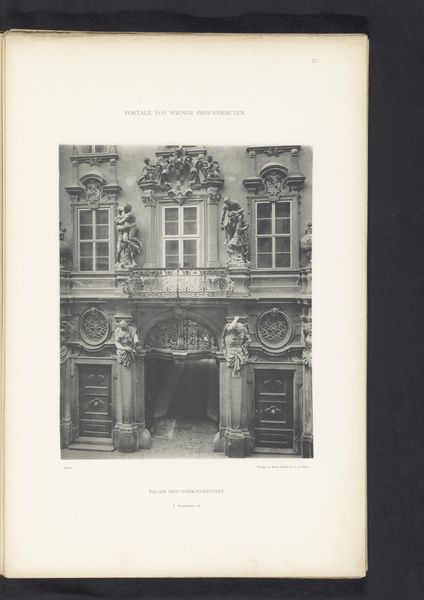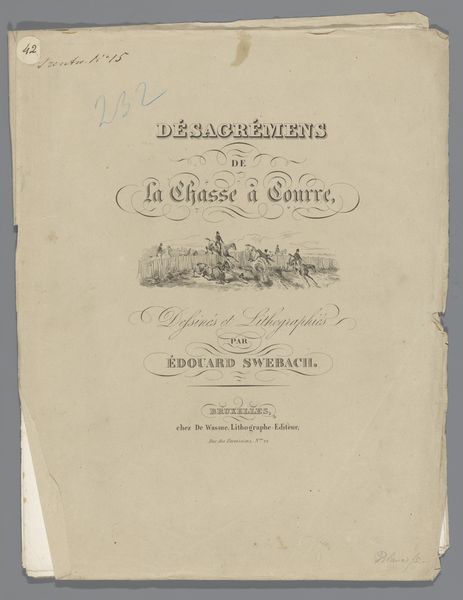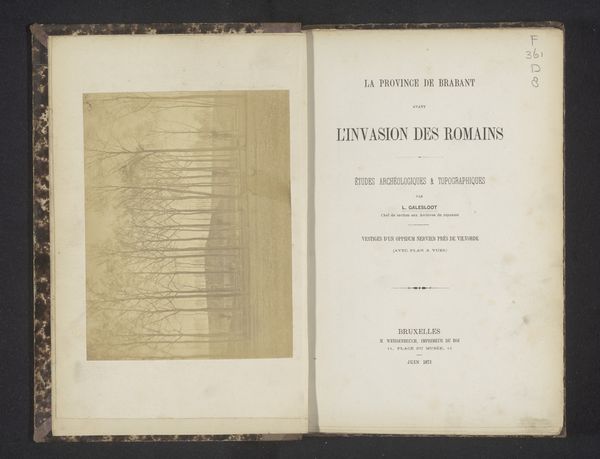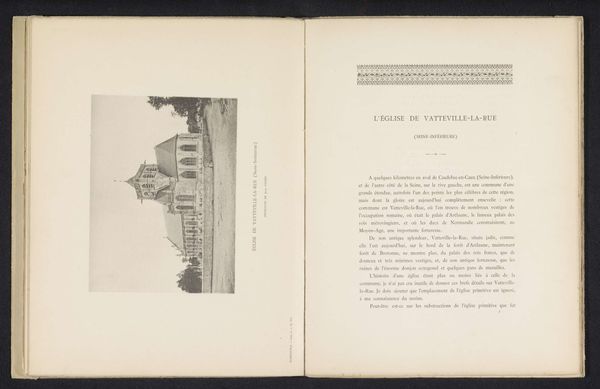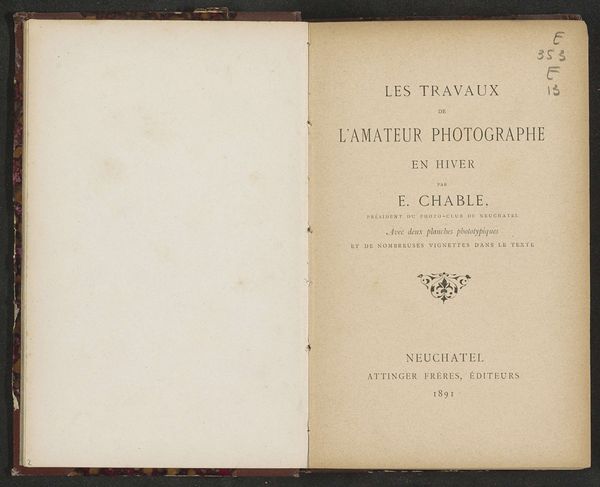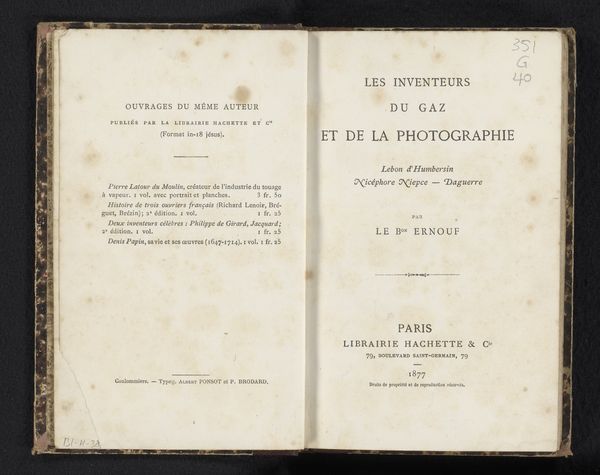
Études et observations sur les tumeurs exposé succinct avec planches phototypiques démonstratives des pratiques suivies à l'Institut Windelincx 1884
0:00
0:00
photography
#
portrait
#
aged paper
#
homemade paper
#
script typography
#
book
#
editorial typography
#
hand drawn type
#
photography
#
personal sketchbook
#
journal
#
fading type
#
stylized text
#
thick font
#
cityscape
Dimensions: height 230 mm, width 150 mm, thickness 2 mm
Copyright: Rijks Museum: Open Domain
Editor: Here we have “Études et observations sur les tumeurs…”, a book from 1884 by J. Vindevogel. It seems to be an overview of practices at the Windelincx Institute, with photographs. It is remarkable how text and image blend. What’s your take on this publication? Curator: This piece strikes me as deeply connected to its historical moment in the material realities of book production and scientific advancement. Consider the convergence of photography and printing technology in creating this volume. The phototypographic plates offer a form of “evidence,” a scientific record disseminated to a broader audience. What labor went into it? Editor: It's interesting you point that out. How does focusing on labor and materials change how we understand the purpose of the book? Curator: Precisely! It highlights the human element often obscured by the veneer of scientific objectivity. How were these photographs produced and by whom? Who set the type? These processes are central to understanding not just its creation, but its impact and consumption. This challenges the traditional idea of 'high' art by embedding artistic value within the making. Consider the quality of paper; its texture implies a handmade process, reflecting a period of evolving technology where handcraft meets industrial production. Editor: I didn't think of that. So, looking at the materials used and how they were crafted can give us a sense of how science and craft were viewed at the time? Curator: Yes, and how the knowledge was accessed by a certain elite, perhaps. The book becomes a symbol of its own era's priorities. Notice how the very format influences dissemination of this knowledge and speaks to specific socio-economic contexts of knowledge production at the end of the 19th century. What are the implications of this object, this book, on practices in medicine? Editor: I guess understanding that connection between materials and society really opens up the meaning behind this… seemingly straightforward, textbook. I see that it can’t be separated from production. Thanks.
Comments
No comments
Be the first to comment and join the conversation on the ultimate creative platform.
